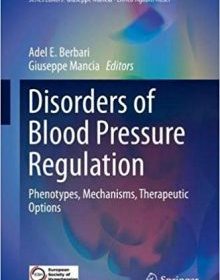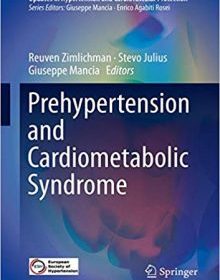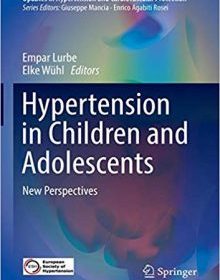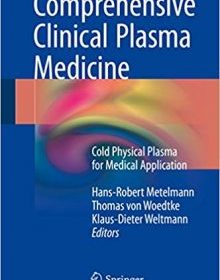Treating Opioid Addiction (Current Clinical Psychiatry)

Treating Opioid Addiction (Current Clinical Psychiatry)
This book addresses opioids and opioid use disorders from epidemiological, clinical, and public health perspectives. It covers detailed information on the nature of opioids, their effects on the human body and brain, prevention, and treatment of opioid addiction. Unlike other texts, the first section of this volume builds a strong historical, neurobiological, and phenomenological foundation for a deep understanding of the topic and the patient. The second section addresses the most challenging issues clinicians face, including pharmacological and psychosocial treatments, harm reduction approaches, alternative approaches to pain management for the non-specialist, and prescribing guidelines.
Treating Opioid Addiction is a valuable resource for psychiatrists, psychologists, addiction medicine physicians, primary care physicians, drug addiction counselors, students, trainees, scholars, and public health officials interested in the effects and impact of opioids in the clinical and epidemiological context.









